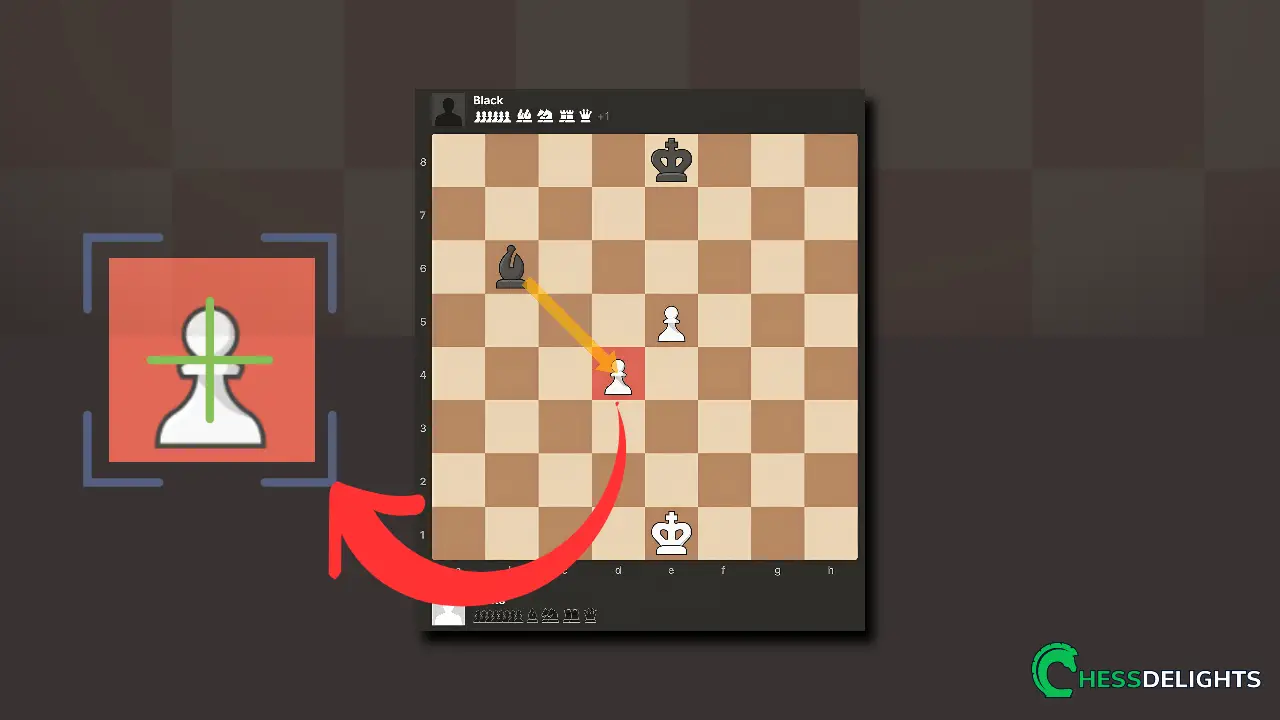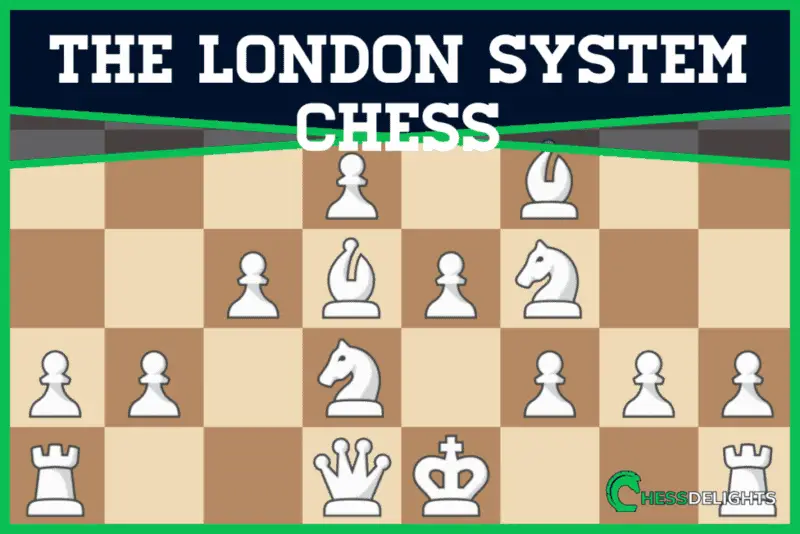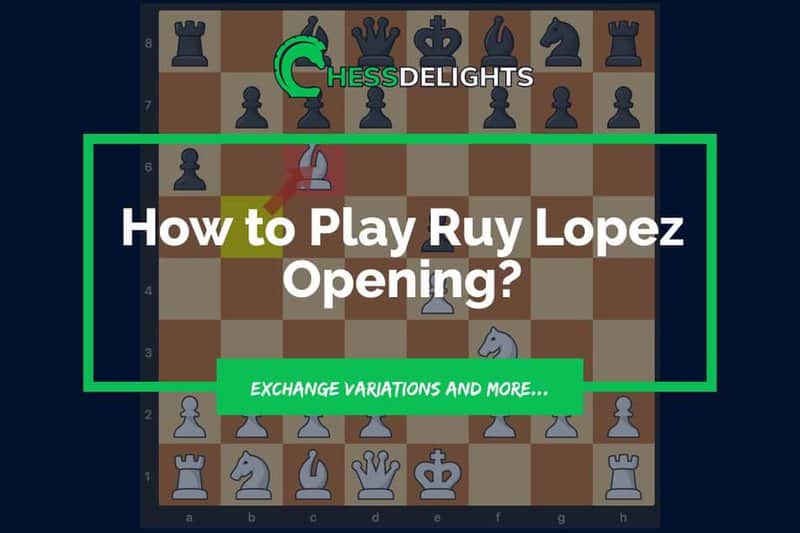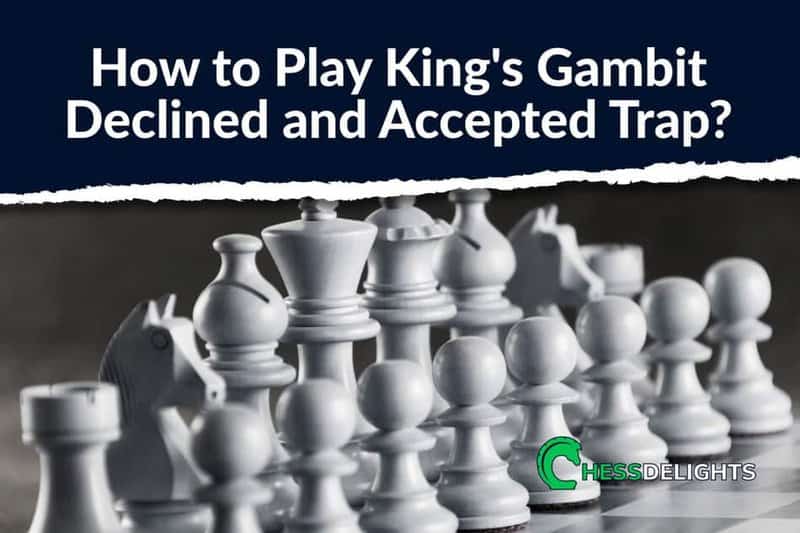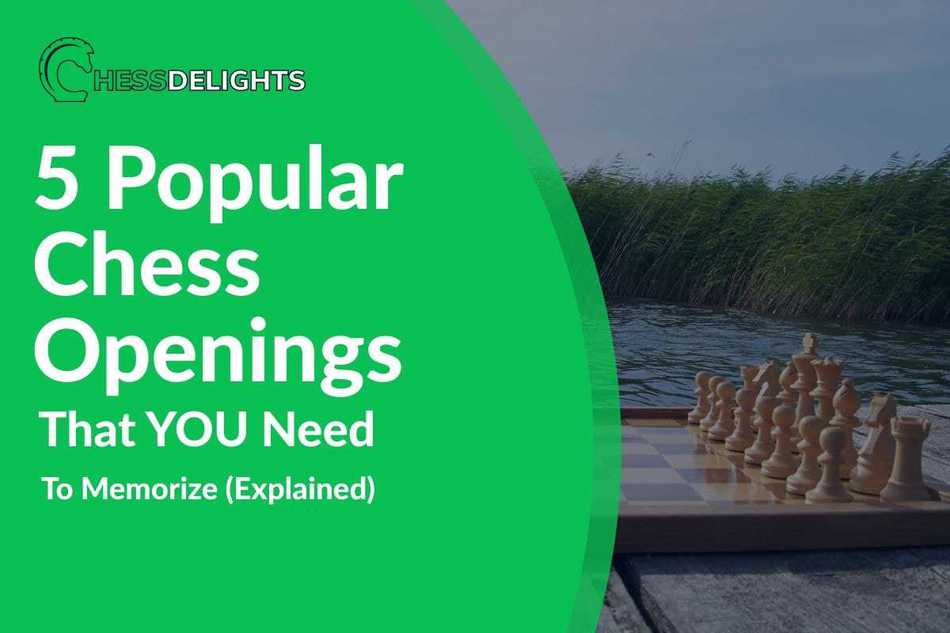Pawns are essential pieces that play a crucial role in controlling the board and restricting the movement of the opponent's pieces. However, not all pawns are created equal, and some can become liabilities rather than assets.
One such detrimental pawn is known as a “backward pawn.”
A backward pawn is a pawn that is unable to be supported by another pawn and cannot advance without being captured. This weakness often makes the pawn a target for the opponent's pieces and can lead to a cramped position and a lack of mobility for the player who owns it.
Identifying and understanding the concept of backward pawns is fundamental for chess players looking to improve their game.
It requires strategic foresight and proactive planning, as well as the ability to recognize when to defend and when to try and exchange the backward pawn for a more favorable position.
In this article, we will explore the advantages and disadvantages of having a backward pawn on the chessboard, as well as the tactics and strategies for both exploiting and defending against this common positional weakness.
Table of Contents
What Are The Advantages Of Backward Pawns In Chess?
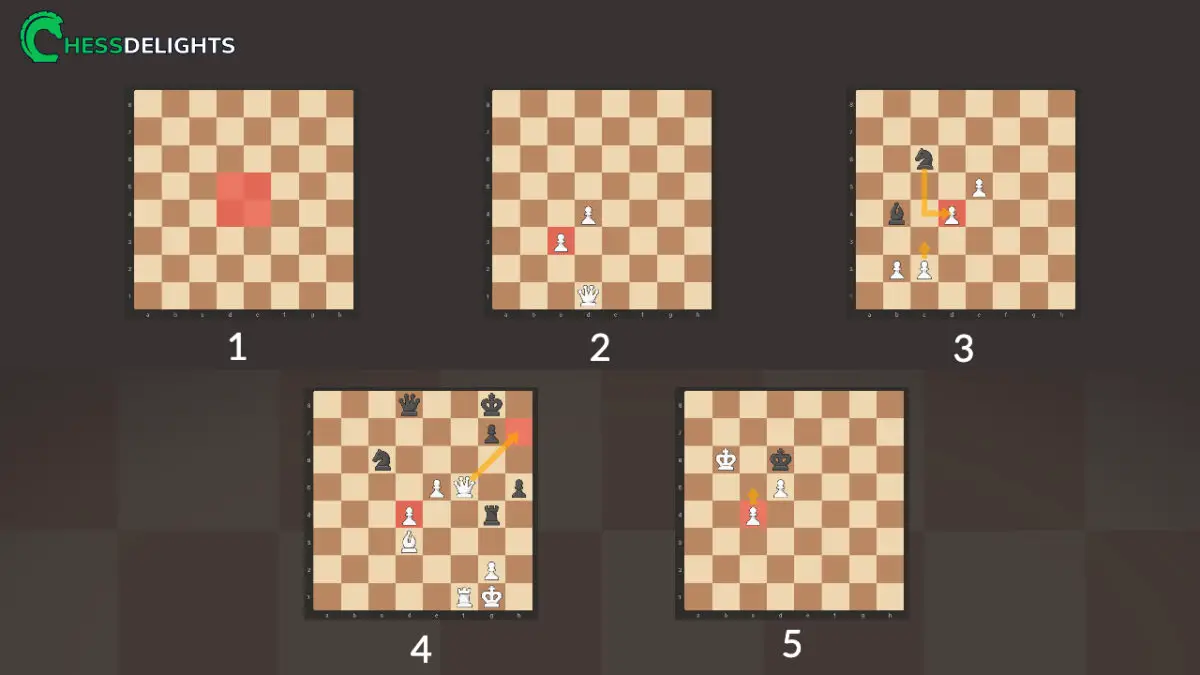
There are several advantages to having a backward pawn in chess:
1. Control of key squares: A backward pawn can control important squares in the center of the board, preventing the opponent from occupying them with their own pawns or pieces.
2. Piece mobility: A backward pawn can provide more mobility for the player's pieces. It can act as a support point for the player's pieces to maneuver around and launch attacks.
3. Tactical opportunities: Backward pawns can create tactical opportunities, such as pins, forks, or skewers. They can also serve as targets for tactics like pawn breaks or sacrifices.
4. Weakness exploitation: Opponents often try to exploit backward pawns by targeting them with their own pieces or launching attacks against them.
However, if the player can defend the backward pawn effectively, it can tie down the opponent's pieces and create weaknesses in their position.
5. Endgame advantages: In the endgame, a backward pawn can become a potential passed pawn if it is advanced and supported by other pawns or pieces.
This can create winning chances in an otherwise equal or slightly worse position.
Recommended Reading: If you want to learn about advanced chess strategies, read this guide.
What Are The Disadvantages Of Backward Pawns In Chess?
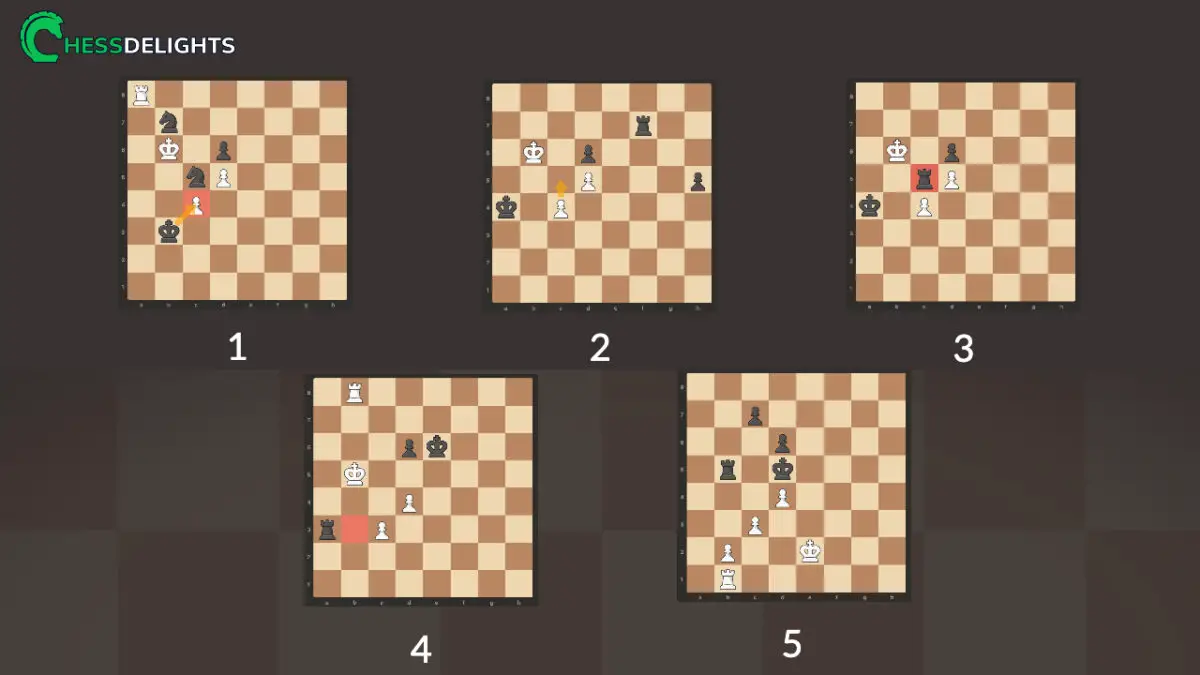
There are several disadvantages to having a backward pawn in chess:
1. Weakness: This type of pawn is often a weakness because it cannot be easily defended by other pawns. This makes it vulnerable to attacks and can make it a target for the opponent.
2. Limited mobility: A backward pawn is often restricted in its movement because it cannot advance without being captured. This can limit the player's options and make it difficult to create an active position for the piece.
3. Blockade: The opponent can often place a piece or pawn in front of the backward pawn, creating a blockade. This can further restrict the mobility of the pawn and make it difficult to advance or exchange pieces.
4. Weak squares: It can create weak squares in the player's position, especially if it is isolated or doubled with another backward pawn. These weak squares can be exploited by the opponent to place their pieces or launch an attack.
5. Pressure on other pawns: A backward pawn can put pressure on their neighboring pawns, as they may need to defend or support the backward pawn.
This can create weaknesses in other parts of the player's position and make it difficult to coordinate their pieces effectively.
How Can You Improve Your Game Even With A Backward Pawn?
Improving your game with a backward pawn in chess can be challenging, but it is not impossible.
Here are some strategies to consider:
1. Protect the pawn: Since this pawn is vulnerable to attacks, it is crucial to protect it with your pieces. Place your pieces in positions that defend the pawn and prevent your opponent from capturing it easily.
2. Strengthen the position: Try to strengthen its position by placing other pawns in front of it. This can create a solid pawn structure that makes it harder for your opponent to attack or exploit the weakness.
3. Control the open files: Backward pawns often create open files behind them. Take advantage of these open files by placing your rooks on them. This allows you to control the file and put pressure on your opponent's position.
4. Create counterplay: Look for opportunities to create counterplay elsewhere on the board. By diverting your opponent's attention and forcing them to defend against threats, you can alleviate some pressure to your weak pawn.
5. Exchange pieces: If possible, try to exchange pieces to simplify the position. With fewer pieces on the board, it becomes harder for your opponent to exploit weaknesses like a backward pawn.
6. Plan for piece activity: Focus on activating your pieces and finding good squares for them. Active pieces can compensate for weaknesses in your position, including a backward pawn.
7. Use tactics: Look for tactical opportunities that can help you improve your position or create threats against your opponent's pieces or pawns. Tactical maneuvers can often turn the tide in a game and help you overcome weaknesses.
8. Patience and long-term planning: Dealing with a a weak pawn requires patience and long-term planning. Instead of trying to solve the weakness immediately, focus on improving other aspects of your position and gradually addressing the issue.
[snippet]
Three Important Tips When You Have A Backward Pawn
You'll almost always have a backward pawn in your chess game, no matter what you do. It would be challenging to avoid it in a chess game.
But there are three things you can do to change the situation.
- Have active chess pieces
- Control the front square
- Get rid of it
[/snippet]
Have active chess piece. Strategically, you can have active chess pieces at the same time as having a backward pawn. What I think this means is you need to play with your strengths and don't dwell too much on your weak pawn structure.
In this case, you might think that a weak pawn can pull your game down, but instead, what you need to do is compensate with better or more useful moves.
Control the front square. We now know that with a backward pawn, we have created a weak square in front of it. To make up for that weak square, you need to control it with other chess pieces if possible. Having control of the front square will turn your backward pawn disadvantage into an advantage.
Get rid of it. If it's essential to do so and you'll end up with a positional advantage, then it's better to get rid of your backward pawn. If you really don't need to protect it and it's just really weighing your game down, then it's time to give it up but create an active chess piece or a better move.
Useful External Resource: If you want to read more about pawn structures, check out this article from chess.com about pawn structures.
Frequently Asked Questions
What Is The Difference Between Backward Pawn And Isolated Pawn?
A backward pawn and an isolated pawn are both types of weak pawn structures in chess, but they have different characteristics and implications.
1. Backward Pawn: It is a pawn that is behind its neighboring pawns on the same file and cannot be easily advanced or defended by other pawns.
2. Isolated Pawn: – An isolated pawn is a pawn that has no friendly pawns on adjacent files. – It often occurs when a pawn is captured or exchanged, leaving a gap on either side of the remaining pawn.
What Is A Passed Pawn In Chess?
A passed pawn in chess is a pawn that has no opposing pawns on its file or on adjacent files. This means that there are no enemy pawns that can block or capture it, allowing it to advance more easily towards promotion.
Passed pawns are considered valuable assets because they can potentially become queens or other powerful pieces if they reach the eighth rank.
Recommended reading: If you want to read more about pawns becoming a queen, check out this complete guide about pawn promotion.
When Can A Pawn Attack Backwards?
Pawns cannot attack backwards. They have a unique way of moving and capturing compared to other pieces on the chessboard. A pawn moves forward one square at a time but captures diagonally forward one square.
The inability of pawns to attack backwards is a fundamental rule that all chess players must work with when developing their strategies on the board.
Recommended reading: If you want to learn practical tips to get better at chess, read this article.

